“We don’t understand the value of metadata yet,” declared Mediasmiths chief technology officer Steve Sharman during BVE North’s opening session in Manchester last week.
However, following much debate about what constitutes multiplatform and the ‘second screen’, the panel, chaired by Root6 director John Harris, could at least agree on certain truisms.
“Metadata capture has to cost nothing, it has to be painless and it has to maintain its stickiness,” said The Farm joint managing director David Klafkowski.
“How you monetise it, no one is really sure. But you need to have that data, and know where it is, because you can’t reapply it later.”
Citing the iPhone’s automatic geographical tagging when taking a photograph, Klafkowski said: “If we could do that with production, and the information stayed stuck all the way through [to the viewer], that has to have value.”
But there is rarely enough time to input additional information into a digital file out in the field, and broadcast kit does not yet do this automatically.
“Applied metadata is much more valuable,” said Klafkowski, using the example of members working on series two and three of a show remembering a useful shot from series one.
Sharman pondered whether asking the camera manufacturers to include metadata capture functions was the wrong way to go.
Invariably, he surmised, it would involve taking the camera off the shoulder, slowing production.
Suggested solutions included dedicated handheld metadata capture devices and speech-to-text applications.
Either way, said Sharman: “Somebody has to take a step into the unknown. Someone has to link it together and move the metadata into the post-production environment.”
Definition
According to BBC Scotland head of technology John Maxwell Hobbs, an end-to-end digital workflow is achievable - but the question is how you define it.
Radio, online and news production at BBC Scotland is as good as 100% digital and TV is nearly there, he said, but tape is still used during audio dubbing for a picture reference and for quality control, because it’s quicker.
Content is also still delivered on tape.
The big consideration is the “real estate” of storage, he added.
“It might be tiny but it is physical. It needs a warehouse and you have to deal with all the systems for putting it away, pulling it out, finding it, cataloguing it and moving it around. It’s very expensive.”
Hobbs argued that while filebased production had removed tape, it demands extra temporary and permanent storage media such as the acquisition disc or card, the work-in-progress server, the rushes store and the archive.
On a high shooting-ratio show such as an ob doc or wildlife series, this can prove expensive.
He said technology “has never made anyone’s life simpler”, but that it could make it more flexible, citing the example of news production.
Red Production Company exec producer Tom Sherry had a simple mantra:
“We should embrace new technology and see how it can enhance our ability to create interesting ways of telling stories.
“But we should not be forced to use systems because they are new or different, or work for someone else.”
Red has adopted MediaSilo, which allows the production team to share, amend or annotate rushes, edits and back catalogue from the web.
Remote working for audio track layers is now possible, with picture editors next in the frame.
Tablets are also helping Red, he said.
“Being able to scribble directly onto a screen, make notes to a script and send that forward is a key element of what we do as storytellers.”
For ITV drama Prey, Red stripped back costs on monitors, cables, gazebos, chairs and tea tables to invest in LED lighting, remote-control radio mics and documentary- style audio recorders/mixers.
Small wireless monitors, given only to the producer and the director and worn around the neck, proved a breakthrough.
“The other heads of department started to watch the action and pay attention, rather than sit looking at a screen having a cup of tea,” he said.
Sherry’s wishlist of technology improvements included live camera feeds to an iPad, wireless technology that can see around corners and handheld devices that use fewer batteries.
Citing the current use of apps such as Sun Seeker, Continuity Pro and Artemis, Sherry urged developers to look even harder at how mobile apps can help production.
“There is an opportunity [here] to see how production departments work and for some of the smaller start-up businesses to envisage a better way of producing a solution to our problems that can be hand-held and app based,” he said.


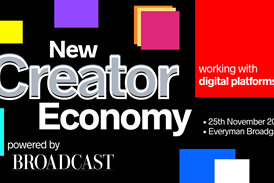
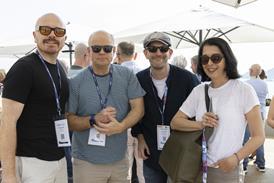
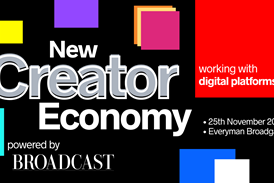



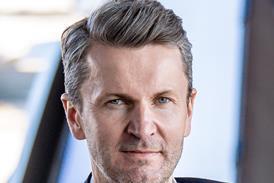
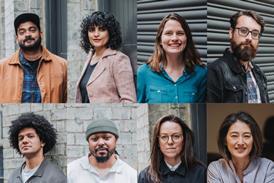
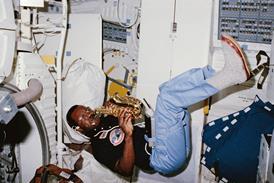
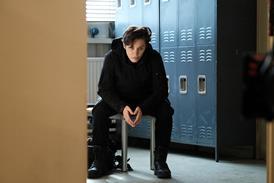
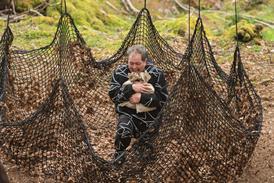

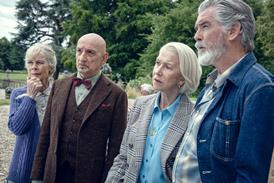





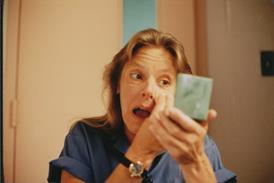

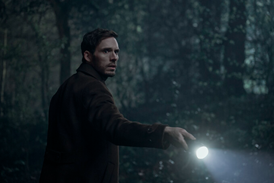



No comments yet